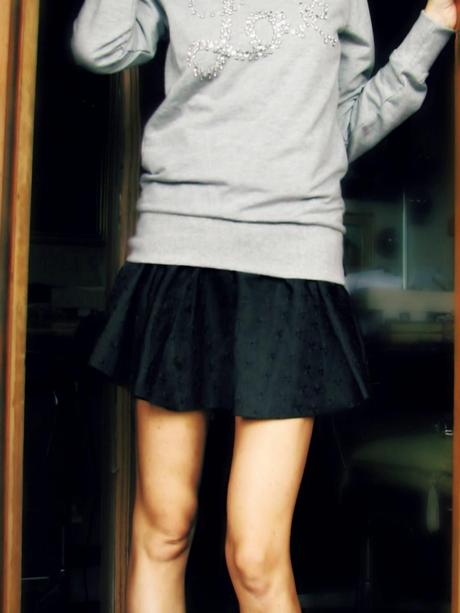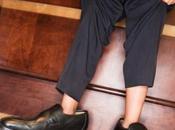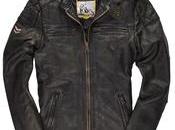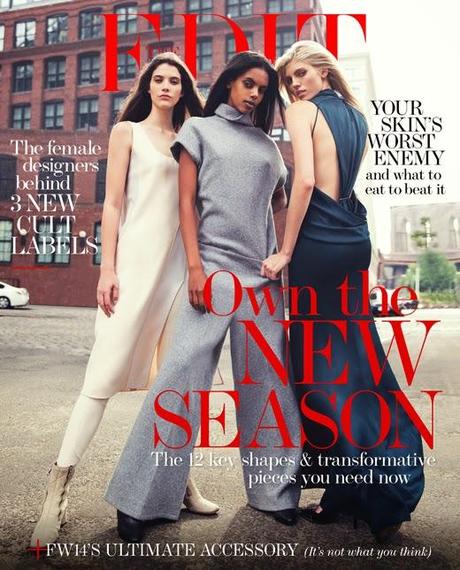
Lo stile urbano è la moda inventata e indossata da giovani (piuttosto che dai designer), spesso associata a generi popolari di musica e danza o con le sottoculture urbane.Sapete che esistono due note definizioni per descrivere la "moda di strada"?
- Il Giappone, infatti, ha cominciato a emulare la moda occidentale durante la metà del XIX secolo. Entro l'inizio del XXI secolo aveva già alterato quest''influenza in ciò che oggi è noto come 'street fashion'. Il termine “street fashion“ è usato in questo caso per descrivere una particolare tendenza di moda, dove chi indossa gli abiti li personalizza con l'adozione di un misto di tendenze attuali e tradizionali. Questi look sono generalmente caratterizzati da capi acquistati presso i negozi più popolari, "riadattati" in casa. Lo Street fashion giapponese comprende di solito movimenti simultanei di moda anche molto diversi presenti allo stesso momento.
- Nell’accezione occidentale invece, lo street fashion è un termine inglese usato per descrivere la moda che si ispira e si appropria di tendenze derivanti dall'abbigliamento di strada. È uno stile originale, che esprime la personalità di chi la indossa in modo trendy e cool. E’ generalmente associata alla cultura giovanile o all’ambiente strettamente legato al mondo della moda. La maggior parte delle più importanti tendenze di strada sono state caratterizzate da un mix di particolari stili di abbigliamento, tra cui i più importanti sono:
- Hippy (jeans, t-shirt, capelli lunghi, fiori e immagini psichedeliche, pantaloni a zampa)
- Teddy Boy (blazer scuri, gilet, jeans a sigaretta, stringate)
- Punk (vestiti strappati, spille da balia, piercing, provocatorio slogan sulla T-shirt, acconciature con creste e rasature)
- Fitness Chic (interpreta in maniera glamour il vestire fitness per renderlo adatto ad ambienti non solo sportivi)
- Gotic (abbigliamento nero, cappotti pesanti, zeppe, trucco scuro)
- Hip Hop (jeans boyfriend, scarpe Nike, magliette larghe)
- Metal (capelli lunghi, T-shirt gruppi musicali, borchie, anfibi)
Urban style is a fashion style invented and worn by young people, rather than by fashion designers, often associated with popular styles of music and dance, or with urban subcultures
Do you know that there are two different definitions to describe the "street fashion"?
- In Japan, in fact, people began to emulate Western fashion during the mid-nineteenth century By the beginning of the XXI century it was yet altered in what today is known as 'street fashion' The term "street fashion" is used there to describe a particular fashion trend, where the wearer of clothes customizes them with the adoption of a mixture of traditional and current trends These clothes are usually purchased from retail stores and readapted handmade The Japanese Street fashion usually includes simultaneous movements of fashion very different at the same time
- In the Western however, the street fashion is an English term used to describe the style that take inspireation and appropriates of trends arising from street clothing It is an original fashion, expressing personality in trendy and cool way And 'generally it's associate with youth culture or environment closely related to the fashion world The majority of the most important trends were characterized by a mix of particular styles of clothing, of which the most important are:
- Hippy (jeans, t-shirt, long hair, flowers and psychedelic images, flared pants)
- Teddy Boy (dark blazers, vests, skinny jeans, oxford shoes)
- Punk (torn clothes, safety pins, piercing, provocative slogans on T-shirts, hairstyles with crests and smoothing)
- Fitness Chic (interprets the fitness clothing in a glamorous way, to make it suitable for environments not only sporty)
- Gothic fashion (black clothing, heavy coats, wedges, dark makeup)
- Hip Hop (boyfriend jeans, Nike shoes, sweatshirts)
- Metal (long hair, T-shirts of bands, studs, boots)
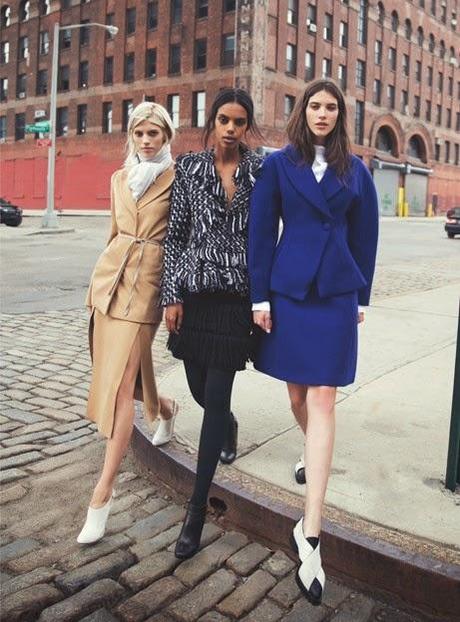
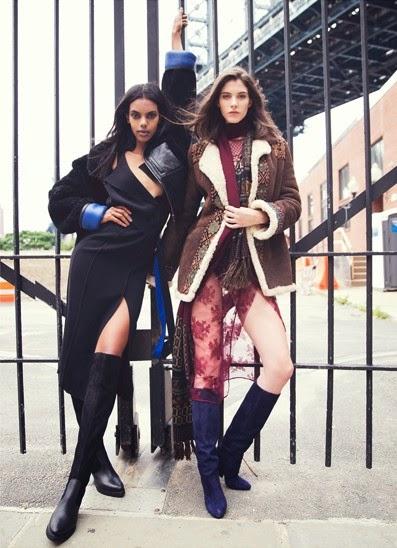
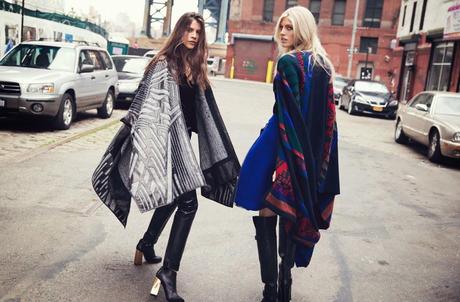

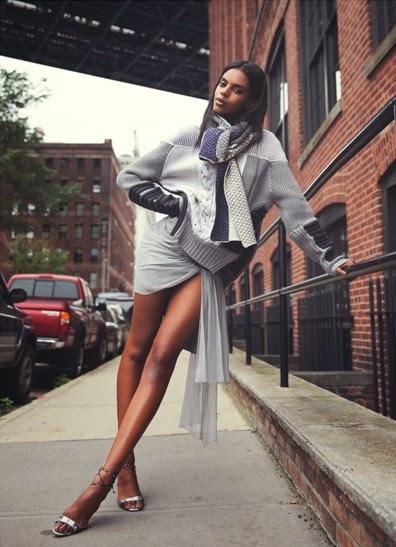
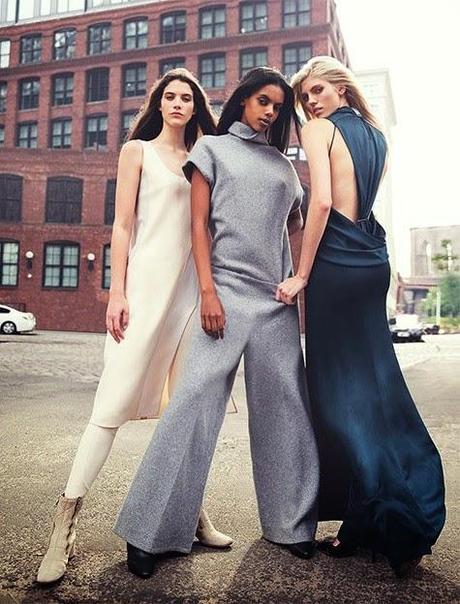

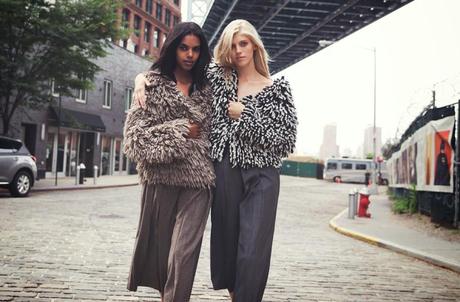
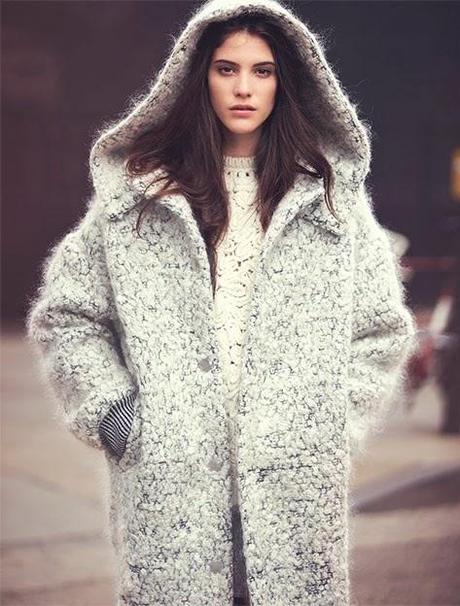
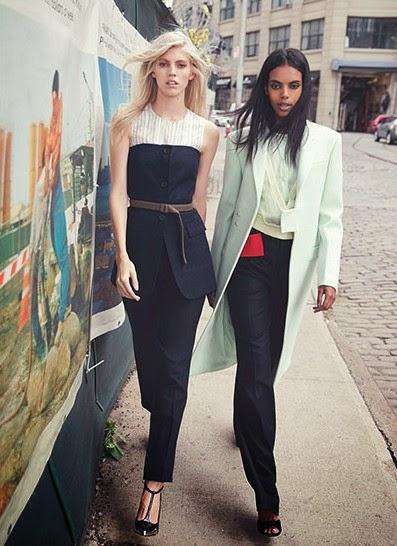
...next: jumpsuit and skater skirt
